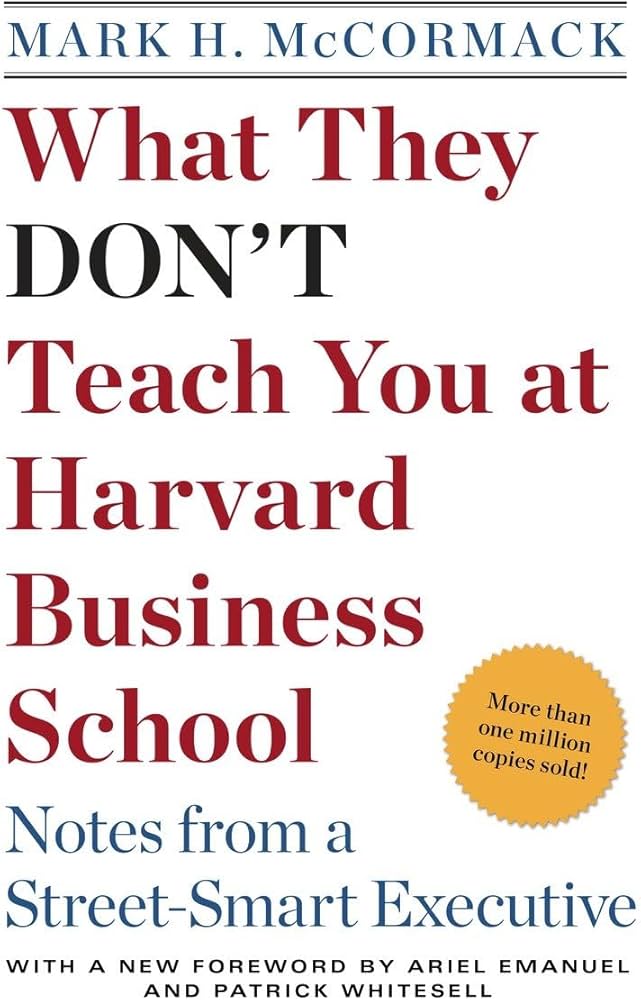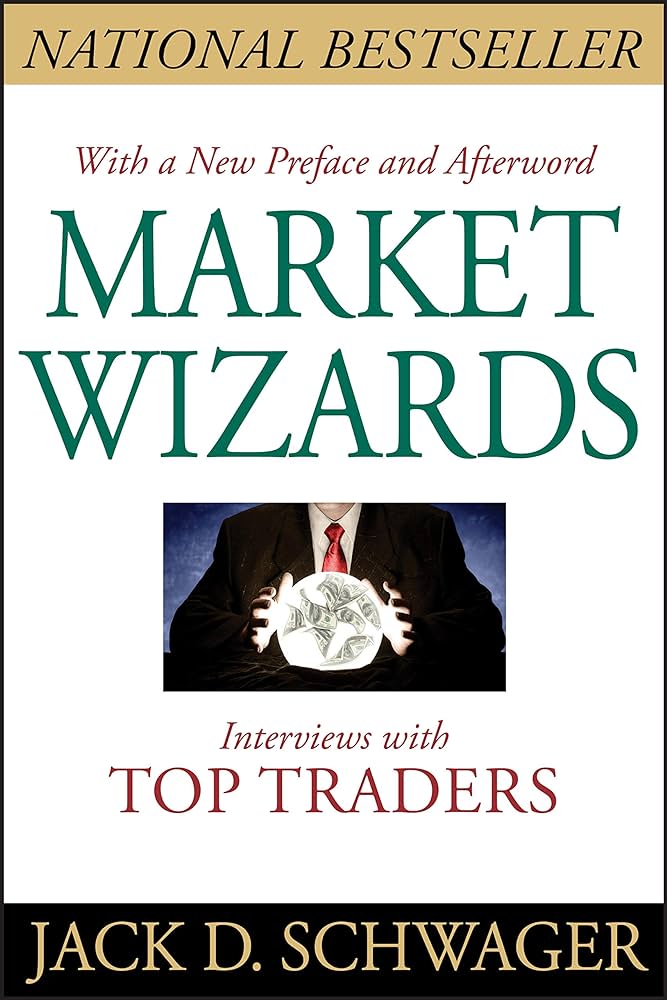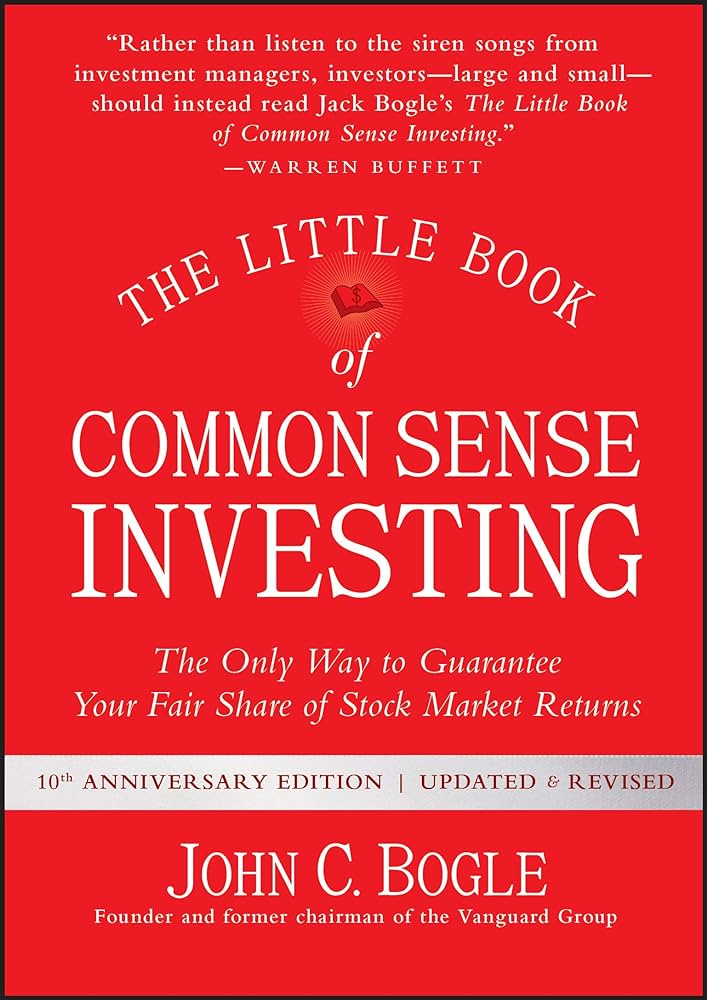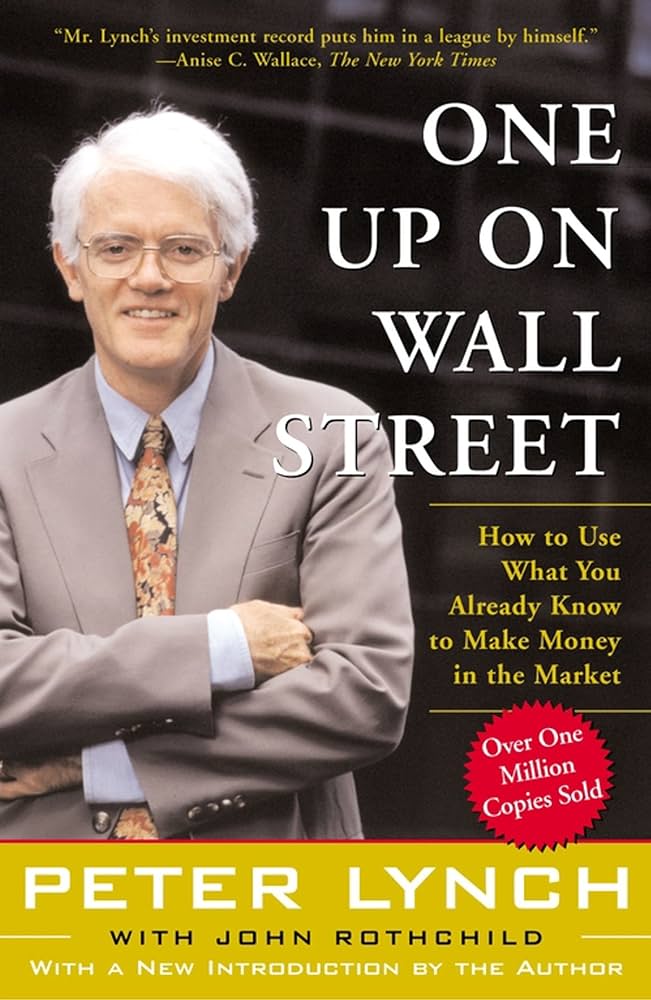Lesson 1. Introduction.
What are disruptive innovations? Why do some innovations succeed while others don’t? Why don’t large companies innovate? How do large companies fail even with all the experience?
All of the answers, and more, are explained by Clayton Christensen in his classic bestseller The Innovator’s Dilemma. The book relies heavily upon a classic example of a disruptive innovation market, the storage drive industry of the late 20th century, while explaining all the aspects of disruptive innovation.
Though innovation is intriguing, it is not always successful in the market. There are certain ways in which an innovation can be of profit to companies. We’ll learn what those ways are, and how we can use them effectively to ensure profitability and stability at the same time. We’ll also understand what differentiates large, well-settled companies and newcomers.
Lesson 2. Pace of Innovation.
It is a common notion that more innovation means better business. It sounds intuitive. If a product uses the latest and best possible technologies, people will like it more. This, however, is not true most of the time.
Well established companies have their roots sunken deep into certain markets. They are the leaders in that area. This is good for assured profit. While they have the human power and resources to develop game-changing technologies rapidly, they usually refrain from it. This is because sudden change is disruptive for stable markets. Instead, they go forward in an organized and well-thought-out manner. This strategic planning is important for the companies to be innovative and creative while also maintaining the market dominance they hold.
The big organizations usually stick to evolutionary changes. They have a technology that works well. The market is used to it and the demand is high. The supply is controlled by the leading companies, and by extent, is the price. Even though it seems like the company isn’t doing much, it is actually developing a technology, just at a slower pace. This is called a sustaining technology. This has fewer risks and better predictability.
On the other hand, there are new up-and-coming organizations, which have some completely new technology. They have one big selling point, but this advantage can fade off really quickly. They are more ready to take risks. This is called innovative technology.
Lesson 3. Newcomers.
The newcomers have their share of advantages too. Bigger companies are usually focused on certain markets with high profitability. The newer companies have a chance to market their products in a
Unlock Knowledge with Wizdom App
Explore a world of insights and wisdom at your fingertips with the Wizdom app.
 1 Million+ App Download
1 Million+ App Download  4.9App Store Rating
4.9App Store Rating 5000+Summaries & Podcasts
5000+Summaries & Podcasts









